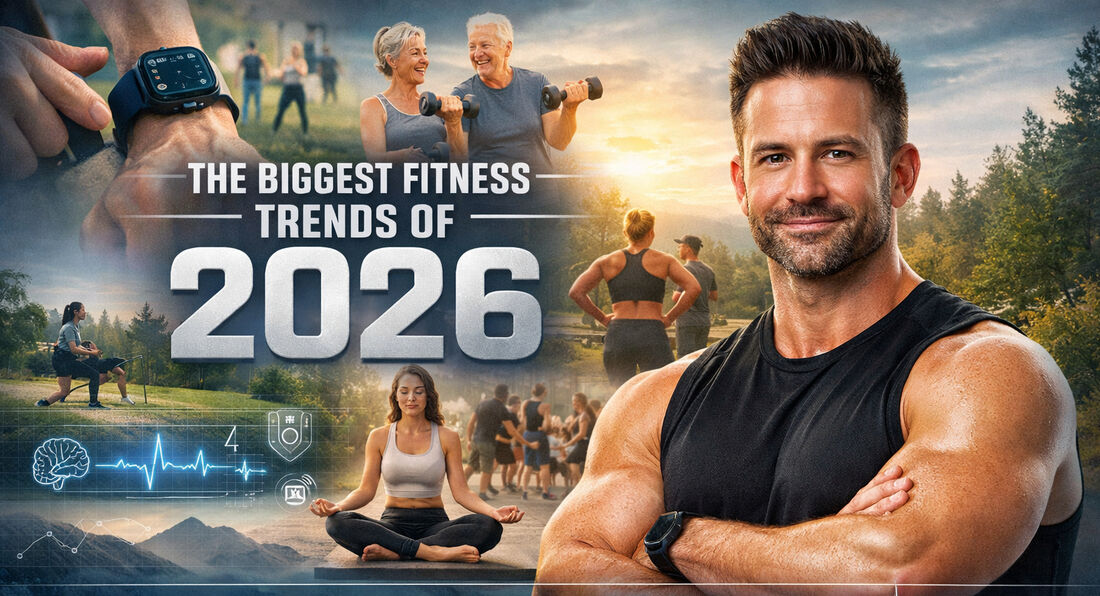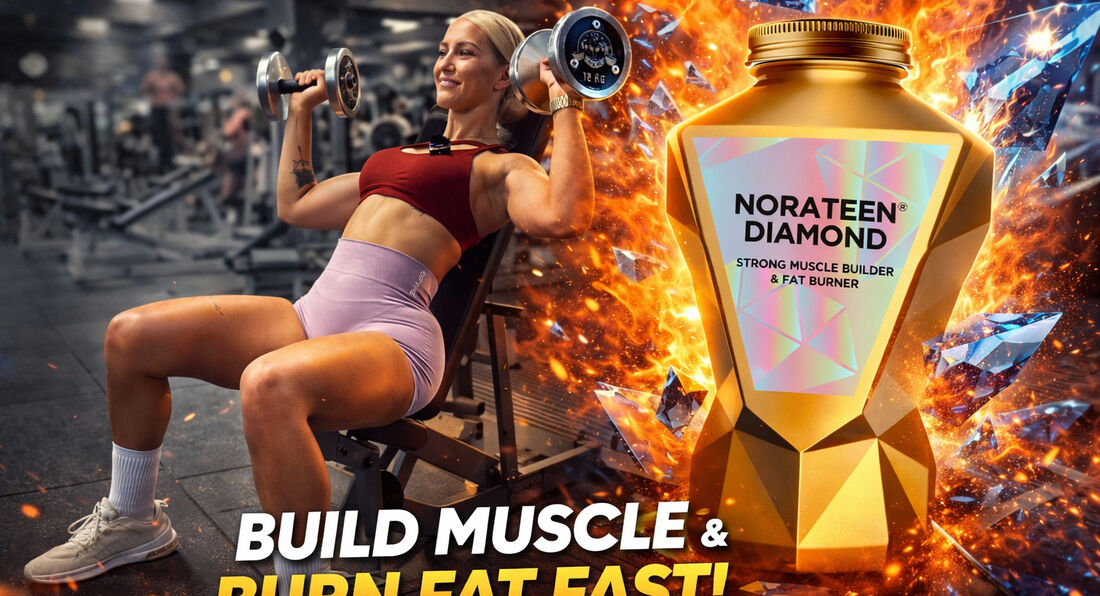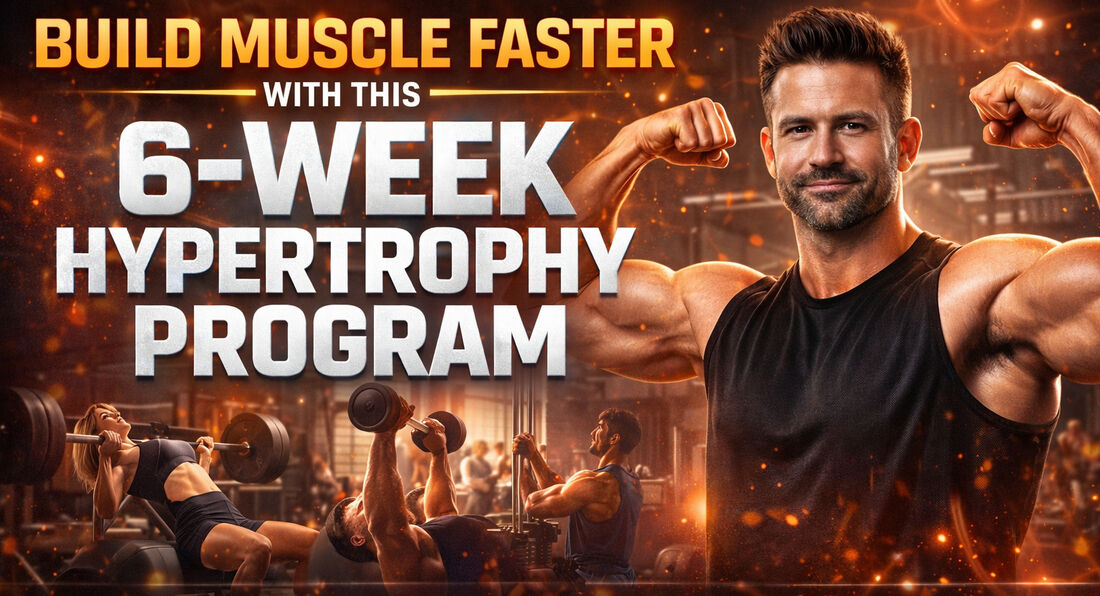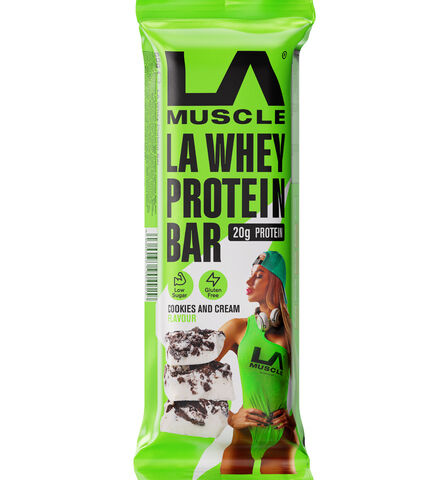The Knowledge > Exclusive Articles >
Wednesday, 9th July 2025
25 Common Myths About Going to the Gym
debunked!
By LA Muscle on 09.07.2025 01:18 pm
The gym is a place where myths thrive almost as much as muscles do. Let’s clear the confusion so you can train smarter and live healthier.
1. Muscle Turns to Fat if You Stop Training
Muscle and fat are two different tissues. When you stop training, muscle mass decreases and metabolism slows, so fat gain can occur – but muscle does not turn into fat.
2. You Lose All Your Gains if You Stop for a While
While some muscle loss happens with long breaks, muscle memory ensures you regain strength and size much faster when you return.
3. You Can Catch Diseases from Gym Equipment
While bacteria can live on surfaces, basic hygiene like wiping equipment and washing hands prevents infections. Gyms are not major disease hotspots.
4. Women Will Get Bulky Lifting Weights
Due to lower testosterone, women do not gain massive muscle easily. Strength training tones and shapes the body effectively.
5. You Need to Spend Hours in the Gym Every Day
Effective workouts can take as little as 30-45 minutes with proper intensity and structure.
6. Sweating Means You’re Burning More Fat
Sweating is your body cooling itself. Fat loss depends on calorie balance, not how sweaty you are.
7. Crunches Give You a Six-Pack
Abs are revealed through overall fat loss combined with core strengthening, not just crunches.
8. No Pain, No Gain
Some muscle soreness is normal, but sharp pain indicates injury. More pain doesn’t equal better results.
9. You Must Eat Protein Shakes Immediately After Training
While post-workout nutrition is useful, you don’t need a shake within minutes. Your daily protein intake is more important overall.
10. If You’re Not Losing Weight, You’re Not Working Hard Enough
Weight loss involves diet, sleep, stress, and hormones, not just training intensity.
11. Lifting Heavy Weights Stunts Growth in Teenagers
With proper technique and supervision, weight training is safe and beneficial for teenagers.
12. You Have to Be Fit Before Joining a Gym
The gym is where you get fit. There is no “prerequisite fitness level” needed to join.
13. Machines Are Safer Than Free Weights
Both can be safe or risky depending on form, weight, and knowledge. Free weights often build functional strength better.
14. Older People Should Avoid Gyms
Strength training is essential for older adults to maintain muscle mass, bone health, balance, and independence.
15. If You Stop Training, Muscle Turns into Fat
This is repeated for emphasis – muscle loss and fat gain are separate processes.
16. Running Is All You Need for Weight Loss
Strength training builds muscle to increase metabolism, while cardio burns calories. Both are effective combined.
17. You Can Spot Reduce Fat
Fat loss occurs across the body according to genetics. Training a specific area does not remove fat there.
18. Morning Workouts Are Best
The best time to train is when you can do it consistently with energy and focus, morning or evening.
19. Gyms Are Only for Young People
Every age group benefits from training, whether for strength, health, rehabilitation, or mobility.
20. Stretching Before Training Prevents Injury
Static stretching pre-workout can reduce strength temporarily. Dynamic warm-ups are better before; static stretches are ideal after.
21. Cardio Before Weights is Best
It depends on your goals. Strength goals often benefit from weights first, while cardio goals prioritise cardio first.
22. Lifting Weights Makes You Less Flexible
Strength training through a full range of motion improves flexibility and joint health.
23. Gyms Are Full of Judgemental People
Most gym-goers focus on their own training. Many are supportive of beginners.
24. You Must Train Every Day for Results
Recovery is where growth happens. Training 3-5 days weekly with rest days often yields the best results.
25. It’s Too Late to Start
Whether you’re 20, 40, or 70, strength and fitness improve with consistent training, enhancing health and longevity at any age.





























